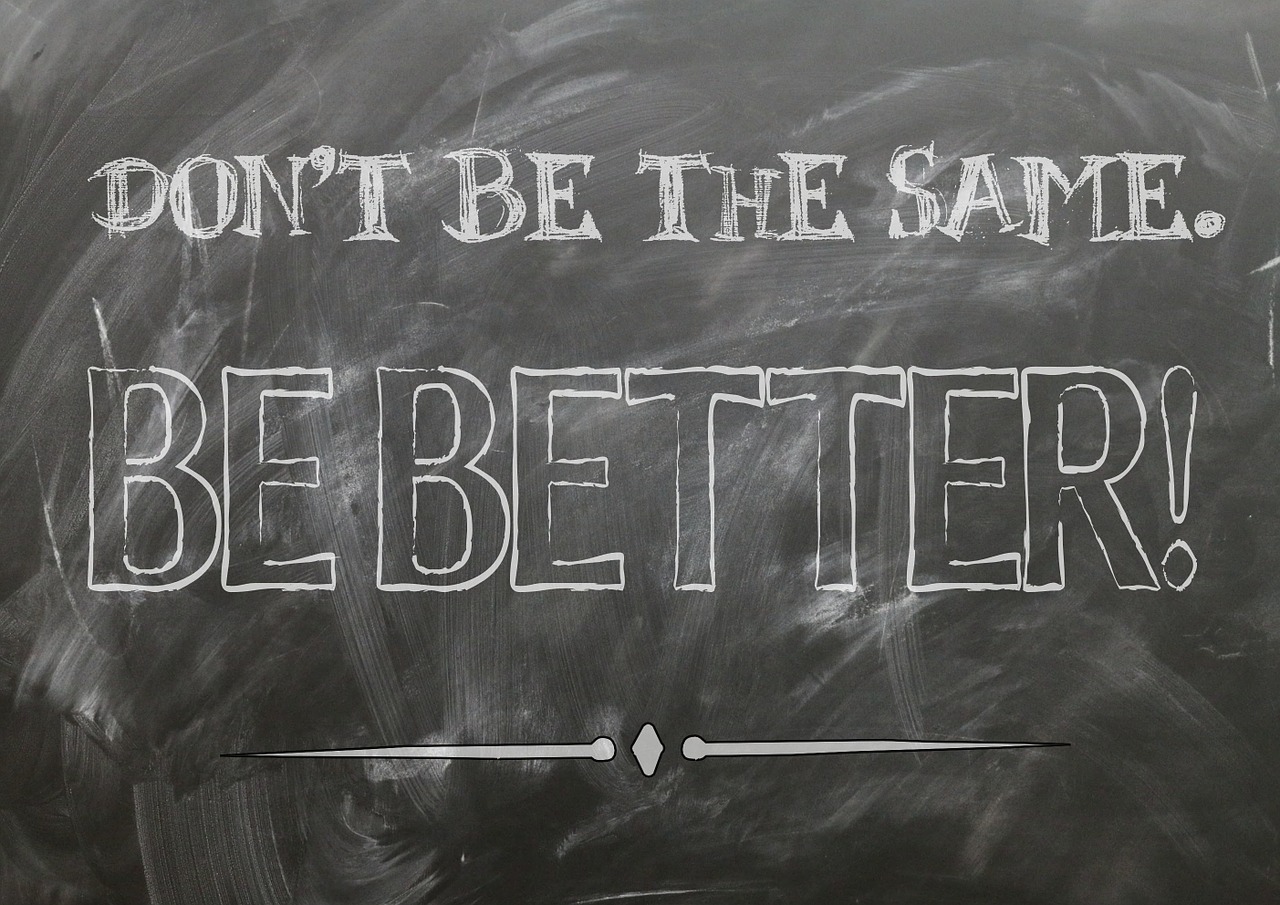The New Year is approaching, which means it’s time to look back at everything that has happened to us during the year. Take a look at the good things, the bad things, the things we have learned and were able to overcome. Look at the people that we have met and the experiences that we have had. What do you feel?
If you are like most people, you have probably made some New Year’s resolutions last year. Do you remember them all? If so, how did it go? Did you lose weight, learn to play the guitar, meditate 10 minutes every day, started a business, read one book every week, donated to charities, get into a new school, find a job, visited parents more often, joined public speaking classes? How much did you accomplish?
Unfortunately, for a lot of us, creating New Year’s resolutions has become nothing more than a habit. We all make them, but so few take them seriously, which is why in most cases, New Year’s resolutions fail.
This New Year I want to encourage you to make resolutions that you will take seriously and, as Gary V. likes to say, execute. In order to make it happen, there are a couple of things you need to do.
Taking it seriously
The first step towards making your resolutions come true is to take them seriously. This year is not going to be like your every other year. No, this year will be different because you are coming at it with a strategy in place.
Sure, creating New Year’s resolutions with friends while having a glass of nice sparkly champagne on a cozy winter evening may be fun and all, but think about how much more fun it would be in the end of the year knowing that you accomplished all of the goals you set a year ago? Wouldn’t that make you feel incredibly good about yourself? Wouldn’t you look back and think “wow, I really kept my word and succeeded”?
Don’t leave your resolutions until the last minute of the New Year’s Eve. Sit down a week or two before the New Year’s Eve, and write down all of the changes and transformations that you would like to see in the next 365 days. Make the list as big as you want for now.
Once you do have a list in place, go through the different points and ask yourself – why is this important to me? Do I really need this? What will happen if I accomplish this? What will happen if I don’t accomplish this?
The reason why you are asking yourself these questions is because it will be easier to accomplish those goals that are of real value to you. For example, maybe your vision is to become financially free. But why? “So that I could travel the world and not be attached to one location.” This seems like a very strong “why”, as opposed to just saying “I want to earn more money”.
Again, New Year’s resolutions fail because of the lack of strategy and meaning in them. But not this time.
S.M.A.R.T. goals
New Year’s resolutions are no different from typical goal setting. And the most effective and pragmatic approach towards setting goals is to use the S.M.A.R.T. model.
Specific M.A.R.T.
Be as specific as possible about your goal. “I want a new job” vs. “I want to work in New York in a software company that pays $____ per month.” See the difference?
S. Measurable A.R.T.
Make sure there is a way in which you can measure your progress. If you want to sell a new product, it can be the number of sales you make per week.
S. M. Attainable R.T.
Spend some time to set resolutions that are attainable. Don’t make ones that you know are extremely hard or impossible to reach.
“I want to become a CEO of a big company, even though I am unemployed at the moment.”… emm.. Maybe not.
If you set extremely difficult goals, you most likely won’t achieve them, and that will only make you discouraged and make the New Year’s resolutions fail. The general rule is that the more you do achieve, the more you want to achieve. So a better strategy is to make smaller goals, but to over accomplish.
S.M.A. Relevant T.
Again, make sure your goals are your goals and have a big WHY. It needs to be something you desire, and not something you think you desire.
S.M.A.R. Time-based
Is it something you can track? I strongly believe that every goal needs to have a time frame and a deadline. In this case, your deadline is the end of the year. But you don’t need to have only one large goal. Make a set of smaller goals that lead up to the big goal. Have something the progress of which you could track on a monthly basis.
Productivity planners

I always recommend everyone to keep a daily journal to stay on track with your goals and to be aware of what is going on around you. But I do realize that not everyone wants to write every day.
As an alternative, you can get a productivity planner, which has everything prefilled for you. All you have to do is check different boxes and to briefly state your goals. Productivity planners are a great way to stay motivated.
The reason why journals or productivity planners are so important is because there is something magical about writing things down. When you put it on paper with a pen or pencil, it becomes real, as opposed you just having it in your head and forgetting about it whenever it’s convenient for you.
You can find some great productivity planners on Amazon or at Intelligent Change.
Again, New Year’s resolutions fail mostly because we don’t take them seriously. But with the steps mentioned above, you are sure to maximize the chances of success. These strategies have been around for quite a bit and have been tested by millions of people. Take them and use them.
You now have the opportunity to use this New Year to have a fresh start. Make it special and make it exciting.
Merry Christmas and a Happy New Year! Ho Ho Ho!
Please click below to subscribe and to follow us on social media:
Click here to follow us via E-mail!
Click here to follow us on Facebook!
Click here to follow us on YouTube!
Click here to follow us on Instagram!
Click here to follow us on Twitter!


 15 Best Inspirational Movies That Teach to Never Give Up
15 Best Inspirational Movies That Teach to Never Give Up
 50+ Best Self-Help Books That Will Change Your Life Forever
50+ Best Self-Help Books That Will Change Your Life Forever
 Short Motivational Stories of Failure and Success That You Must Know
Short Motivational Stories of Failure and Success That You Must Know
 What to Do When Someone Is Better Than You? – Dealing with Jealousy
What to Do When Someone Is Better Than You? – Dealing with Jealousy
 10 Examples Where the Power of Positive Thinking Kicks Ass!
10 Examples Where the Power of Positive Thinking Kicks Ass!

Leave a Reply